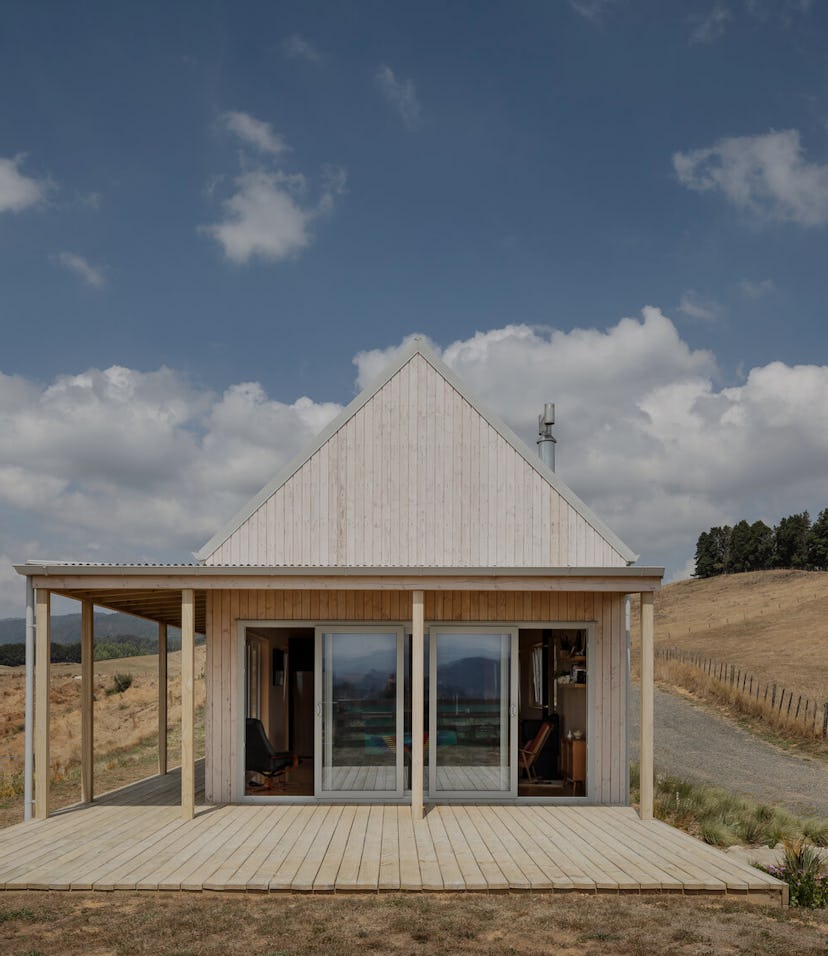Design
Looking to flee the city? Your next house may only take four days to assemble
Just in time for pandemic migration and climate change refugees, MAKE's new prefab house takes just days to build using eco-friendly materials.

Hey, remember tiny homes? Those were pretty cute, right? They seemed dreamy at the time, barring the onset of a deadly pandemic made worse by close-quarters contact or the ravages of climate change, of course. But what were the chances of that perfect storm showing up in our lifetimes?
Anyway. Hindsight is 20/20, which might be partially why the designers at New Zealand-based MAKE Architects recently unveiled Karangahake House, a living space that doesn’t sacrifice sustainability and roominess for shoddy construction and claustrophobic compromise. It's a full-sized, pre-fabricated farm home built in just four days using environmentally-conscious materials and design philosophy. The results are pretty impressive.
Make your city getaway permanent — MAKE’s design isn’t meant to fit a family within the smallest amount of space possible. Instead, the fully-lined ply ceiling and walls includes a mezzanine loft space for visitors, a ranch-style ‘outdoor room’ connecting the house’s two wings, and ample natural lighting throughout. What's more, the pre-fab designs supposedly allow the blueprint to be constructed within four days.
“It signifies a humble architecture bravely holding its own on the hilltop, a return to our collective necessities of shelter, gathering and freedom,” MAKE architects write on their website, which is a pretty polite way of saying we all need to start planning for much more minimalist, sensible living conditions.
Run to the hills — MAKE’s Karangahake House comes at a time when most of us are daydreaming of cheap, easy escapes from the dystopic trappings around us. In June, new house permits increased 12 percent from the prior month, and new permits are up 3.4 percent from this time last year. A large number of these homes are being planned for non-urban areas with far smaller population densities than their neighboring cities.
The tiny home fad, while perfectly fine for your Pintrest wall, isn’t the most sensible of solutions for most people looking for a fix to their late capitalist woes. With that in mind, it’s probably safe to say house hunters will start seeing a lot more options akin to MAKE’s Karangahake design in the future.